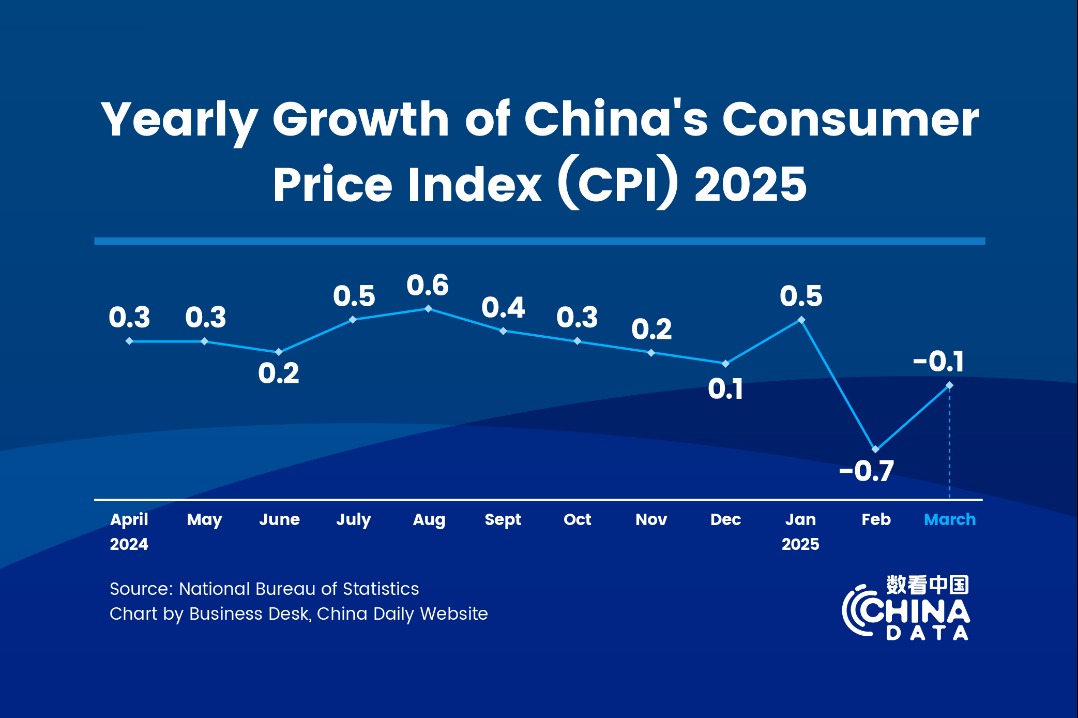Report: insurance coverage for rare disease patients can still be improved


A new report has shown that while more than 40 percent of inclusive commercial supplementary health insurance products in China offers coverage for rare diseases, there is still much room for improvement.
The report, which looked into 151 insurance products from 27 provinces, was jointly released by Beijing-based Illness Challenge Foundation, a public welfare foundation focusing on rare disease field, and the Research Center for Health Economics and Medical Insurance of Nankai University in Shanghai on Saturday ahead of the International Rare Disease Day, which falls on Feb 28 each year.
According to the report, these insurance products have deficiencies in terms of coverage, threshold, continuity, connection to policy, and covering a patient's medical bills from different provinces.
China has more than 20 million rare disease patients and they face insufficient medical insurance coverage and high cost of diagnosis and treatment. Inclusive health insurance products are important to these individuals as they offer wide coverage, high insurance amounts and low premiums.
Zhu Minglai, director of the research center at Nankai University and the lead writer of the report, said the team conducted in-depth analysis and cost calculation of rare disease-related items in the insurance products, and the report may provide reference for the future design of universal insurance products including rare diseases.
"We hope that such insurance products may become an important part in the country's multi-layer security system for rare disease patients, especially those who rely on expensive medicines," said Guo Jinchuan, director of information research at Illness Challenge Foundation.
Early diagnosis and treatment is another thorny problem for rare disease sufferers. For instance, experts said nearly 60 of Gaucher disease patients have been misdiagnosed before.
Several biopharmaceutical companies have already teamed up with medical institutions and leading doctors to promote standardized diagnosis and treatment and explore multi-party payment programs.
Over the past few years, leading experts in Gaucher disease, Pompe disease, and Fabry disease have also written and published experts' understanding of diagnosis and treatment of the diseases with support by biopharmaceutical company Sanofi, with the aim being to allow more rare disease patients to be diagnosed early and receive standardized treatment.
Diagnosis and treatment collaboration groups for patients of lysosomal storage diseases characterized by lysosomal dysfunction have also been set up in Tianjin city and provinces of Jiangsu and Guangdong.




































